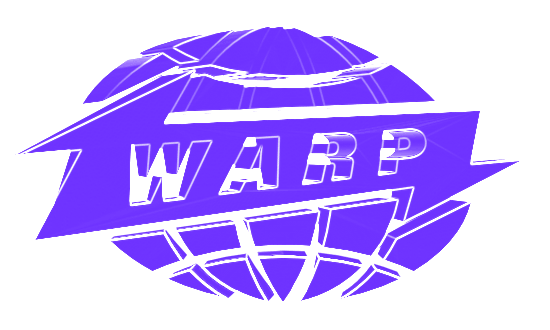Bag of Max Bag of Cass - Background
How did you meet?
Zach: About 15 years ago, we met in Sydney a couple of hours before doing an improv performance together as a duo.
I was there on tour playing in Boredoms at that time and had a day off. Lucas lives there.
Lucas: Originally, in 2010, when the Boredoms passed through Sydney. Zach and Hisham were drumming for them and I knew they both did other projects, so I reached out to ask if they wanted to do side-shows at a gig I was organising. Both were into it, and Zach asked if I’d like to do a duet. I, of course, agreed, and someone even posted it on YouTube. Seven years later, while booking a US tour, I asked Zach about the possibility of playing in Sacramento, he said not to bother and to instead come and record with Death Grips. So, between shows, I stopped by their studio and improvised a set for them, which ended up on Year of the Snitch.
Why did you decide to work together?
Zach: Discomfort…Jurassic Deja Vu.
Lucas: I’ll give you the long story as the project grew out of how my music evolved during COVID. When lockdown began, I started being asked to do live-streamed sets and quickly realised my thing didn’t translate to screen. I was primarily a live artist who you had to be in the room with to enjoy, the room itself being a part of how the glass instrument worked, the interplay of the shard and the space providing a lot of the character of my original sound. Locked-down, not so much, so I had to rethink how I processed the glass. I was already exploring dual parallel effects chains live, so during the first months of lockdown, with my entire pedal arsenal at my disposal, I started experimenting with up to six chains, all interplaying with each other. Someone suggested, I was trying to use pedals like it was a modular setup. Up till then, I mistakenly thought modular gear was strictly designed for synthetic music, which isn’t my thing. But on closer inspection, I discovered modular gear can be anything you want it to be, and as far as creative effects chains are concerned, it's far superior to guitar pedals. Once I started working with modular, I quickly focused on the idea that with lots of envelope followers, I could use my own dynamics to control almost everything in the modular environment. Making the glass create the sound and modulation itself simultaneously, which is the fundamental of my post-COVID glass rig, which, to anyone who has heard me pre and post pandemic, knows is extremely different, even though the sound still is made entirely from a shard of glass. Anyway, this got me thinking, what if instead of modulating myself I used another musician to modulate me, and instantaneously my mind turned to Zach, just the thought of their drumming tearing apart my glass signal in real time filled me with immense joy.
Walk us through the recording process and how this release came to be?
Zach: We recorded live improv takes together for two days with David Scott Stone, engineering at his home studio in Los Angeles.
Me playing v-drums or electronic drum set through Lucas’ glass set-up simultaneously.
This was late October 2023. I then took those raw recordings home and spent much of 2024 reprocessing and producing them into an album sequence.
Lucas: We had two days to record, where I essentially did just that, I took the signals from Zach’s e-drums and patched them into a spectral envelope follower I developed that consisted of a ten-channel crossover connected to 10 individual envelope followers that spat out 20 different + and - control voltages all derived from the separated frequency spectrums. Then, much like my live set, I’d randomly patch these into all the parameters of two sets of Mungo D0 and G0’s, a delay and granular combo I love, fiddle with the offsets randomly, and hope for the best. Then each time I’d randomly reset the patch and knobs play again etc etc. And that’s how a Bag of Max Bag of Cass was recorded. The album is actually our second release using this method. Before we had the chance to record together in LA, Zach had sent some stems to experiment with, which I'd pop into a sampler in order to figure out what I needed for a patch, separating each stem bass, snare, tom, and cymbals separated to their own envelope follower. During the process, I also thought it might be fun to have my glass signal ramp his drums, so I pitched them down as slow as possible and used my glass signal to control the sample speed. I originally wasn’t planning to release these tests, but after I sent Zach the results, he started making videos with them for TikTok so I figured he must like them, so I decided to do a 7” single self-released on my dualpLOVER label. Interestingly, this discovery of ramping samples has made its way into my solo set, where I’ve started controlling the speed of pop song vocals underneath the chaos of the glass patch and have just released a double album’s worth of covers!
